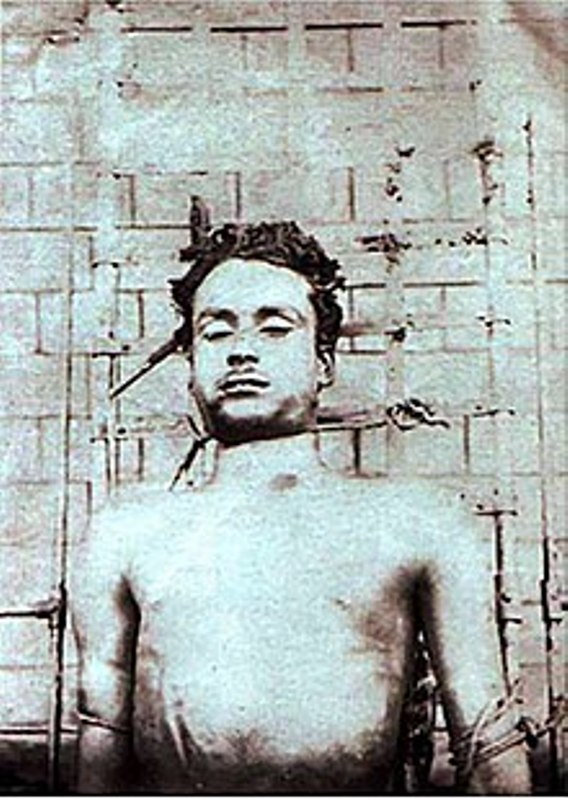PERSONAL INFORMATION
Profession: Freedom Fighter
Famous for: Trying the assassination of the district magistrate ‘Douglas Kingsford’ by throwing bombs on his carriage in 1908
Date of Birth: 10 December 1888 (Monday)
Birthplace: Bogra district, Bengal Presidency, British India (now in Bangladesh)
Age (at the time of death): 19 Years
Zodiac sign: Sagittarius
Nationality: British Indian
Hometown: Bogra district, Bengal Presidency, British India (now in Bangladesh)
Religion/Religious Views: Hindu [2] Banglapedia
Caste: Kayastha [3] Banglapedia
Age: 19 Years
Check Out Other Celebrities Biography
- raima sen biography
- devi sri prasad biography
- mansi sharma biography
- aishwarya sushmita biography
- darcy short cricketer biography
EDUCATION
School: • Namuja Janada Prasad English School • Rangpur Zilla School • Rangpur National School
Educational Qualification(s): • Primary education at Namuja Janada Prasad English School • Studied till 9th standard at Rangpur Zilla School • Later, went to Rangpur National School
PHYSICAL STATISTICS
Eye Colour: Black
Hair Colour: Black
FAMILY & RELATIONSHIPS
Marital Status (at the time of death): Unmarried
Wife/Spouse: N/A
Children: Grand Niece – Madhabi Taludar
Parents: Father – Rajnarayan Chaki (a Nagar estate employee) Mother – Swarnomoyee Devi
Siblings: Elder Brother – Pratap Chandra Chaki Note: He was the youngest among the five siblings.
Father: Rajnarayan Chaki
Marital Status: Unmarried
OTHER INFORMATION
Date of Death: 1 May 1908
Place of Death: Mokama Ghat Railway Station, Patna, Bihar, Bengal Presidency, British India
Death Cause: Committed suicide to avoid police arrest [1] NDTV
INTERESTING BACKGROUND INFORMATION
Prafulla Chaki emerged as a significant figure in the Indian freedom struggle, driven by the fervor for independence that swept through the nation. He aligned himself with the Jugantar group of revolutionaries, a collective dedicated to the radical approach of assassinating British officials as a means to liberate India from colonial rule. Chaki is most famously remembered for his audacious plan to assassinate the district judge, Mr. Kingsford. On the fateful day of their attempt, however, Kingsford was not in the carriage, and the tragic outcome resulted in the accidental deaths of two British women. This incident would come to haunt Chaki, who, facing imminent arrest by the British authorities, chose to take his own life on May 1, 1908. His companion, Khudiram Bose, was subsequently apprehended and charged with the deaths, marking a poignant moment in the history of the Indian independence movement.
Despite the tragic events surrounding Chaki and Bose, the impact of their actions stirred a considerable response among prominent figures of the time. Mahatma Gandhi, reflecting on the violence and its implications, publicly expressed his belief that such acts would not lead to India’s freedom and lamented the loss of innocent lives. In contrast, Bal Gangadhar Tilak, a staunch advocate for India’s independence, praised both young revolutionaries in his Marathi newspaper, Kesari, arguing that the rulers must recognize the limits of human patience. He articulated the inevitability of violence in such oppressive circumstances, underscoring the complex moral landscape of the struggle for independence. Tilak himself faced the consequences of his outspoken support, as he was detained under sedition charges shortly after his publication.
Prafulla Chaki was born into a prosperous family in a village located in the Bogra district, which is part of present-day Bangladesh. His family, originally bearing the surname Bosu, provided a nurturing environment that allowed him to pursue education and personal interests. As the fifth child in his family, Chaki demonstrated early signs of leadership and bravery. He completed his secondary education at his brother-in-law’s home in Rangpur, where his rebellious spirit first manifested when he was expelled from the Rangpur Zilla School for participating in student protests against the British colonial government. His family soon enrolled him in the Rangpur National School, where he encountered fellow revolutionaries, such as Jitendranarayan Roy and Abinash Chakravarti, who inspired him to embrace a path of patriotism.
In addition to his academic pursuits, Prafulla Chaki was a remarkable athlete, engaging in wrestling and stick-fighting during his school days. He was also fond of horseback riding and swimming, hobbies that reflected his spirited nature. Alongside Khudiram Bose, he meticulously plotted the assassination of Kingsford, observing the judge’s movements in preparation for their mission. On April 30, 1908, the duo positioned themselves outside the European Club, waiting for the right moment to strike. Their attempt ended in tragedy, leading to Chaki’s dramatic suicide to evade capture, while Khudiram was arrested and later executed by hanging. The aftermath of their actions reverberated through the political landscape, highlighting the perilous choices faced by those striving for India’s freedom.
Years later, the legacy of Prafulla Chaki would endure, although the stark contrast between his sacrifices and the living conditions of his descendants became apparent. In April 2020, during the global pandemic, the plight of his grand-niece, Madhabi Taludar, was brought to light as she was found living in a makeshift shanty constructed from tin and plastic in West Bengal. This juxtaposition serves as a poignant reminder of the struggles endured by the freedom fighters and the ongoing challenges faced by their families, encapsulating a narrative that bridges the past with contemporary realities in the quest for justice and recognition.
—
Note: All biographical information compiled from publicly available sources.
